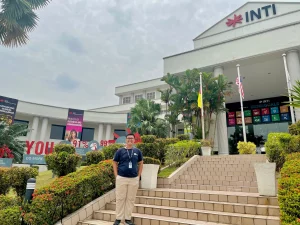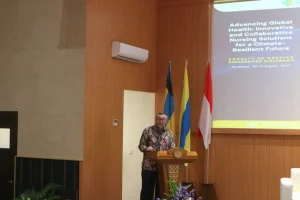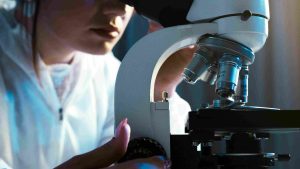UNAIR NEWS – The discussion was divided into breakout rooms for the second day of work meeting and Focus Group Discussion (FGD) with department heads and study program coordinators on Saturday, March 18, 2023. Each breakout room discussed the flagship program Key Performance Indicators (IKU) at the departmental and study program level to support university achievements.
There are four fields in each breakout room. First, the academic, students and alumni (AMA) field. Second, the field of resources (SD). Third, the fields of research, innovation, and community development (RICD). Fourth, the field of internationalization, digitalization and information (IDI).
First, the AMA section discusses the percentage of graduates from the undergraduate, diploma programs (D4/D3/D2) who successfully get a job, continue their studies, or become self-employed; percentage of students who spent at least 20 credits off campus, or achieved the lowest achievement at national level.
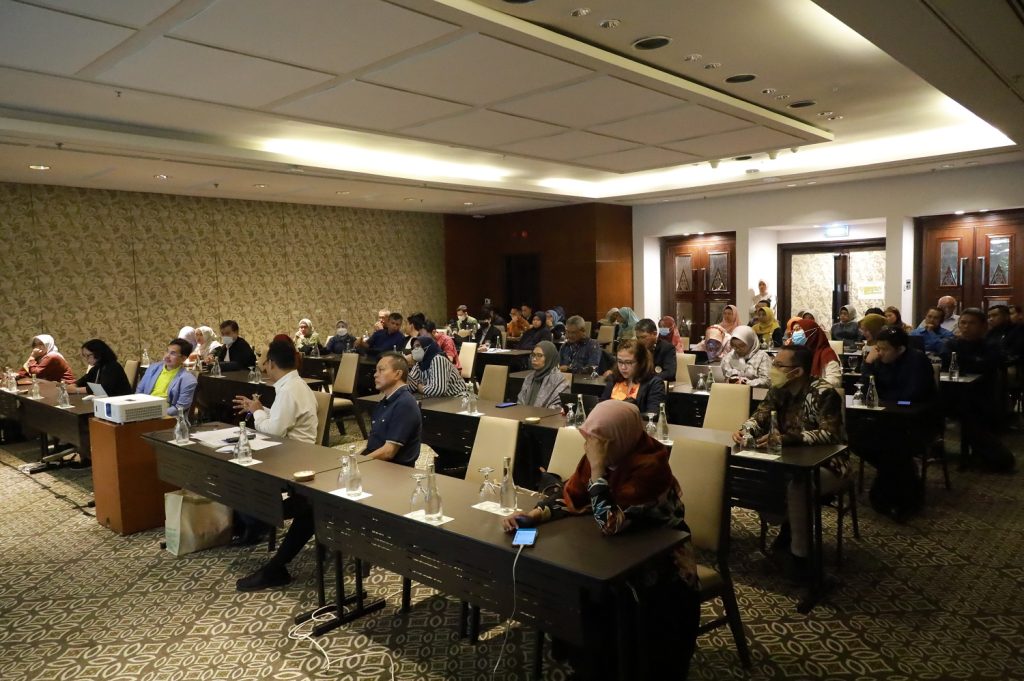
The forum also discussed the percentage of undergraduate and vocational (D4/D3/D2) programs that use case or team-based project learning methods as part of the evaluation weight. Also, the percentage of undergraduate and vocational (D4/D3/D2) programs with international accreditation or certification recognized by the government.

The AMA field discussion was attended by coordinators of undergraduate (S1), three-year and four-year vocational programs (D3/D4), and professional programs; Director of Academic Affairs; Director of Student Affairs; Director of Career Development, Incubation, Entrepreneurship, and Alumni; Director of Education Innovation and Development, and Head of Student Admission Center.
Second, the SD field discussed the percentage of lecturers carrying out Higher Education Tri Darma activities on other campuses, in QS Top 100 institutions by field of study, working as practitioners in the industrial world, or fostering students with national achievement in the last five years.
It also discussed the percentage of permanent lecturers with doctoral degrees, competency, or professional certification recognized by industry and professional world, or professional practitioners from the industry. The SD field was attended by the Secretary of the Departments; Director of Facilities and Infrastructure; Director of Logistics, Security, Order and Environment; Director of Finance; Director of Human Resources; and the Internal Supervisory Board.
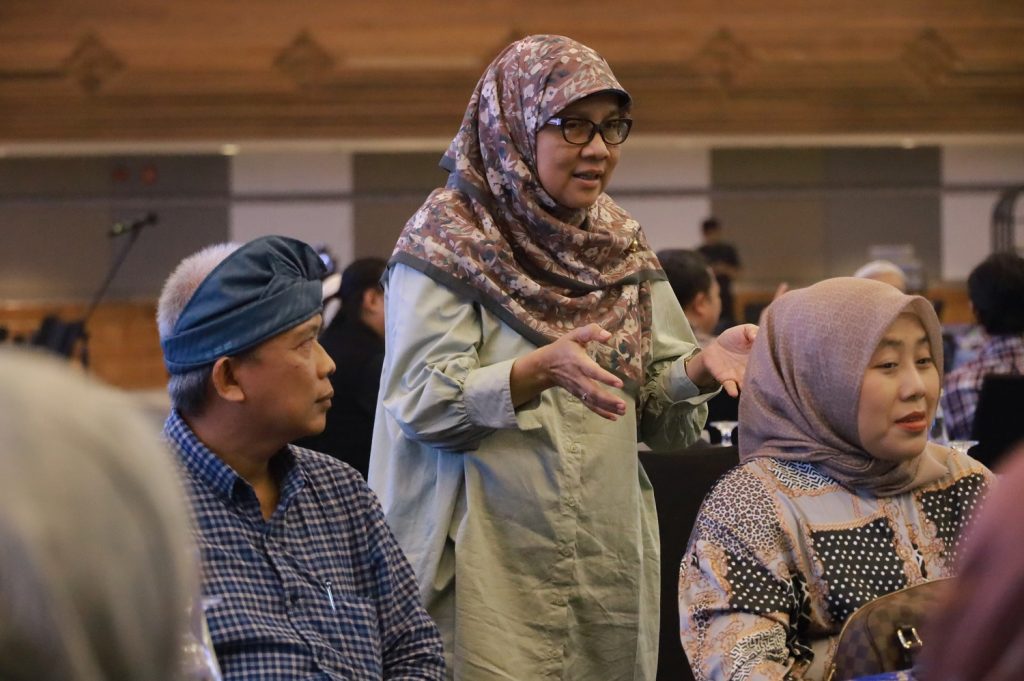
Third, the field of RICD discussed the number of research and community service outputs that have received international recognition or been implemented in the community, including articles and proceedings published in Scopus journals, with internationally acknowledged patents, copyrights, trademarks, and community services.
This forum was attended by coordinators of Masters, Doctoral, Specialist 1, and Specialist 2 Study Program; Head of Startup Business and Incubation Development Board; Institute for Research and Community Service; Institute for Innovation, Journal Development, Publishing, and Intellectual Property Rights; and Institute for Life Sciences and Engineering.
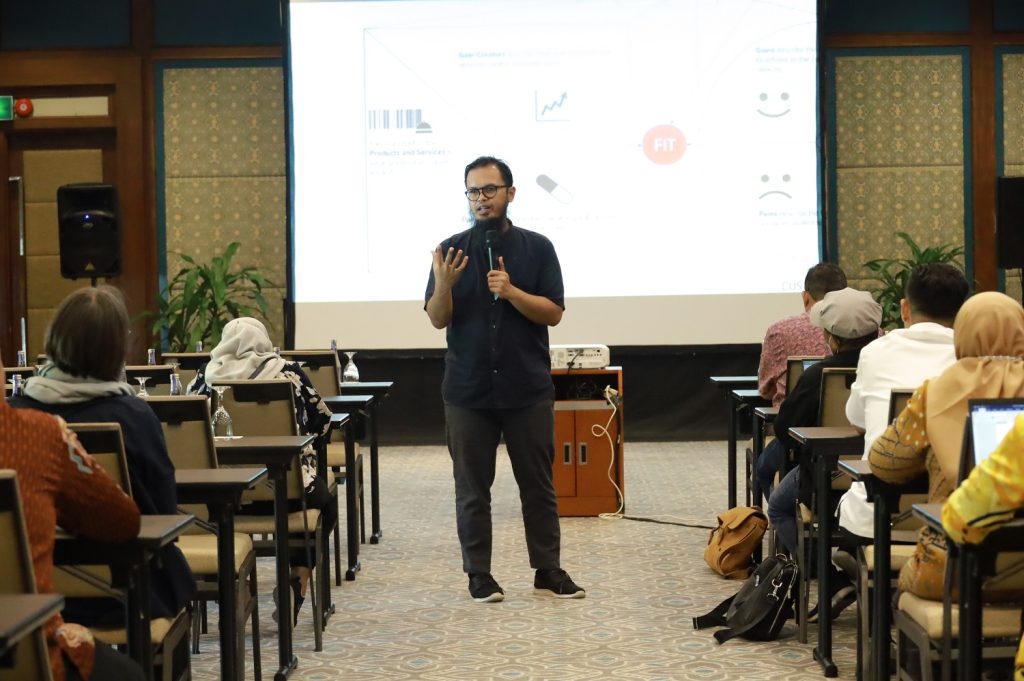
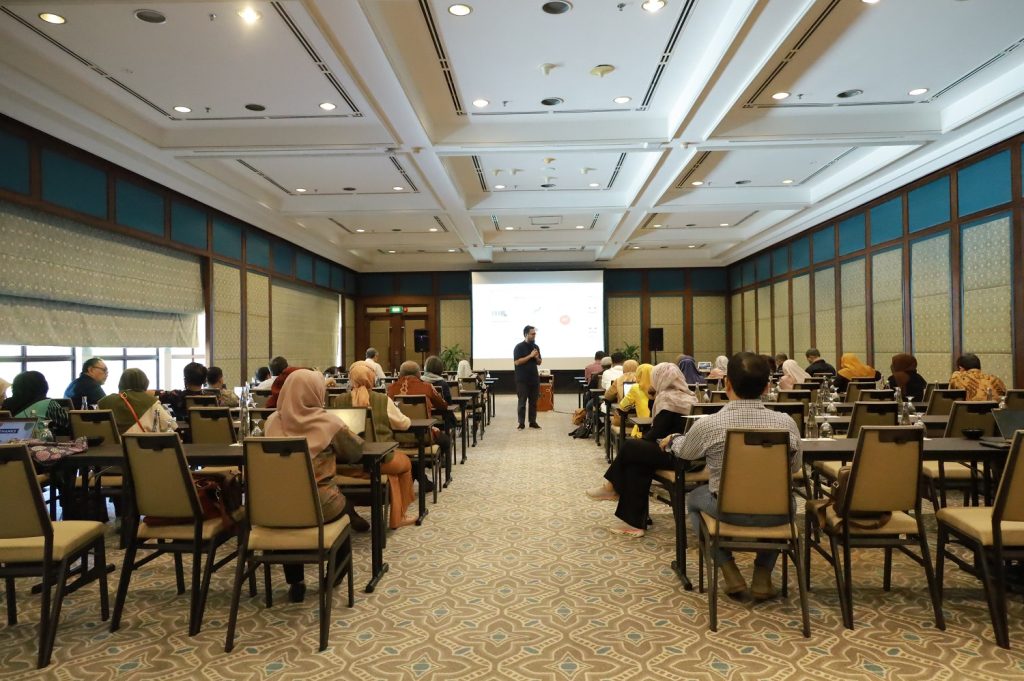
Finally, the IDI field discussed the percentage of undergraduate and vocational (D4/D3/D2) programs collaborating with partners. This forum was attended by the Head of Departments (Kadep), Directorate of Information Systems and Digitalization (DSID), Airlangga Global Engagement (AGE), Partnerships and Management Development Board (BKMP), and Center for Communication and Public Information (PKIP). (*)
Author: Binti Q. Masruroh



